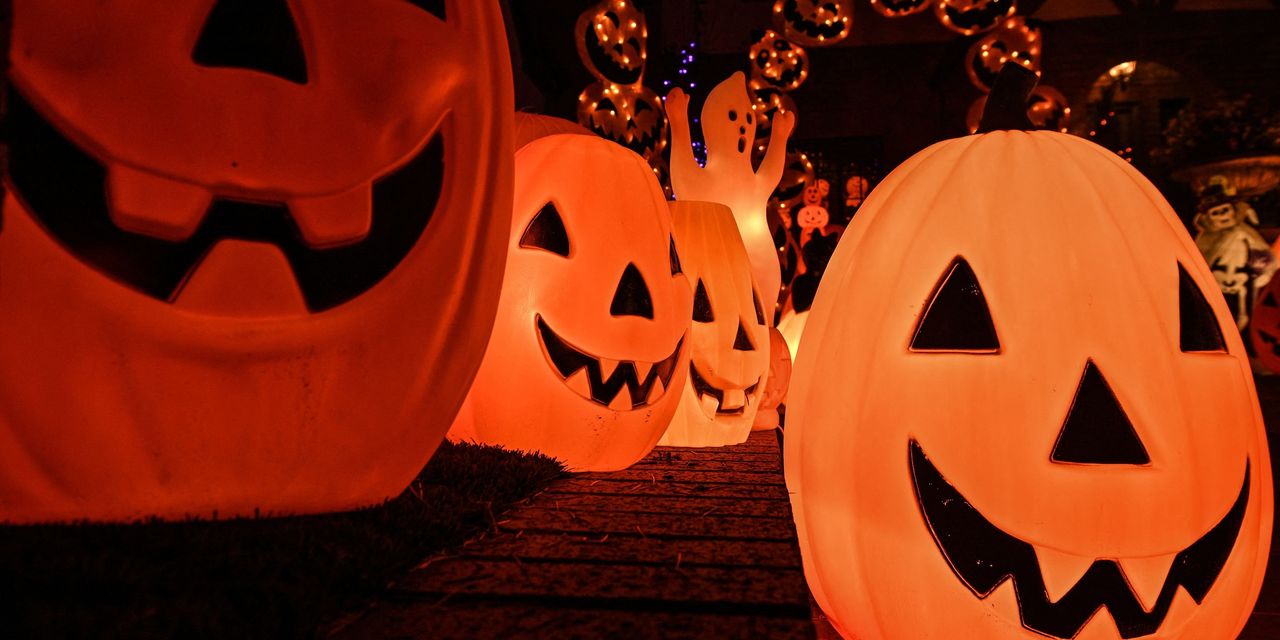The U.S. stock market’s “Halloween Indicator” will be more trick than treat over the next six months.
I’m referring to the well-known Wall Street seasonal pattern that’s based on the historical tendency for the stock market to perform better between Halloween and May Day (the “winter” months) than in the other six months of the year (“summer” months).
Unlike many other alleged seasonal patterns, this one certainly appears to be the real deal: The average winter-versus-summer difference in the U.S. market does satisfy traditional standards of statistical significance.
Yet this historical pattern traces to just one of every four years — those containing midterm elections. If you focus on the other three years of a U.S. presidential term, there is no statistically significant difference between the stock market’s average “summer” and “winter” returns.
This is well illustrated by the chart above. Notice that in midterm election years there’s a huge difference between average winter and summer returns — 10.4% versus 0.8%. In non-midterm election years, the difference is 3.6% versus 2.6%, which is not significant at the 95% confidence level that statisticians often use when assessing whether a pattern is genuine. Put another way, if the only historical data we had to analyze was non-midterm election years, no one would have ever come up with the Halloween Indicator.
Read: Here’s the real reason the stock market is so horrid. And, yes, it’s rather spooky.
This development was not discovered for many years because the Halloween Indicator is so strong in midterm election years that it makes the winter-versus-summer difference appear to be significant across all years. This is illustrated by the third pair of columns in the chart. If that was the only data you had to analyze, which was the case for most past commentators, you’d have no idea that the difference was traceable to just one of every four years.
Why would the Halloween Indicator work just 25% of the time?
The reason the Halloween Indicator exists primarily in midterm election years is the high levels of economic uncertainty that prevail in the months prior to those elections and the resolution of that uncertainty that occurs after. That’s according to a study that appeared two years ago in the Journal of Financial Economics. Entitled “Asset prices, midterm elections, and political uncertainty,” the study was conducted by Kam Fong Chan of the University of Western Australia and Terry Marsh of the University of California, Berkeley.
The professors reached this conclusion after analyzing historical patterns back to 1900 in the Economic Policy Uncertainty (EPU) index that was created by Scott Baker of Northwestern University, Nicholas Bloom of Stanford University, and Steven Davis of the University of Chicago. Chan and Marsh found a distinct pattern of the EPU reaching well-above-average levels before the midterms and well-below-average levels thereafter. The stock market hates uncertainty, so it makes sense that the market would fall when uncertainty rises — and vice versa.
The bottom line? Don’t look to the Halloween Indicator to buoy stock prices over the next few months. While that doesn’t mean the U.S. market will fall, it does mean that you will need to look elsewhere than this famous seasonal pattern to justify your bullishness.
Mark Hulbert is a regular contributor to MarketWatch. His Hulbert Ratings tracks investment newsletters that pay a flat fee to be audited. He can be reached at [email protected]
More: Why U.S. stocks look set for fourth-quarter rally led by Big Tech
Also read: Mass layoffs are on the rise in the U.S., at least according to this often-overlooked data series
Read the full article here


